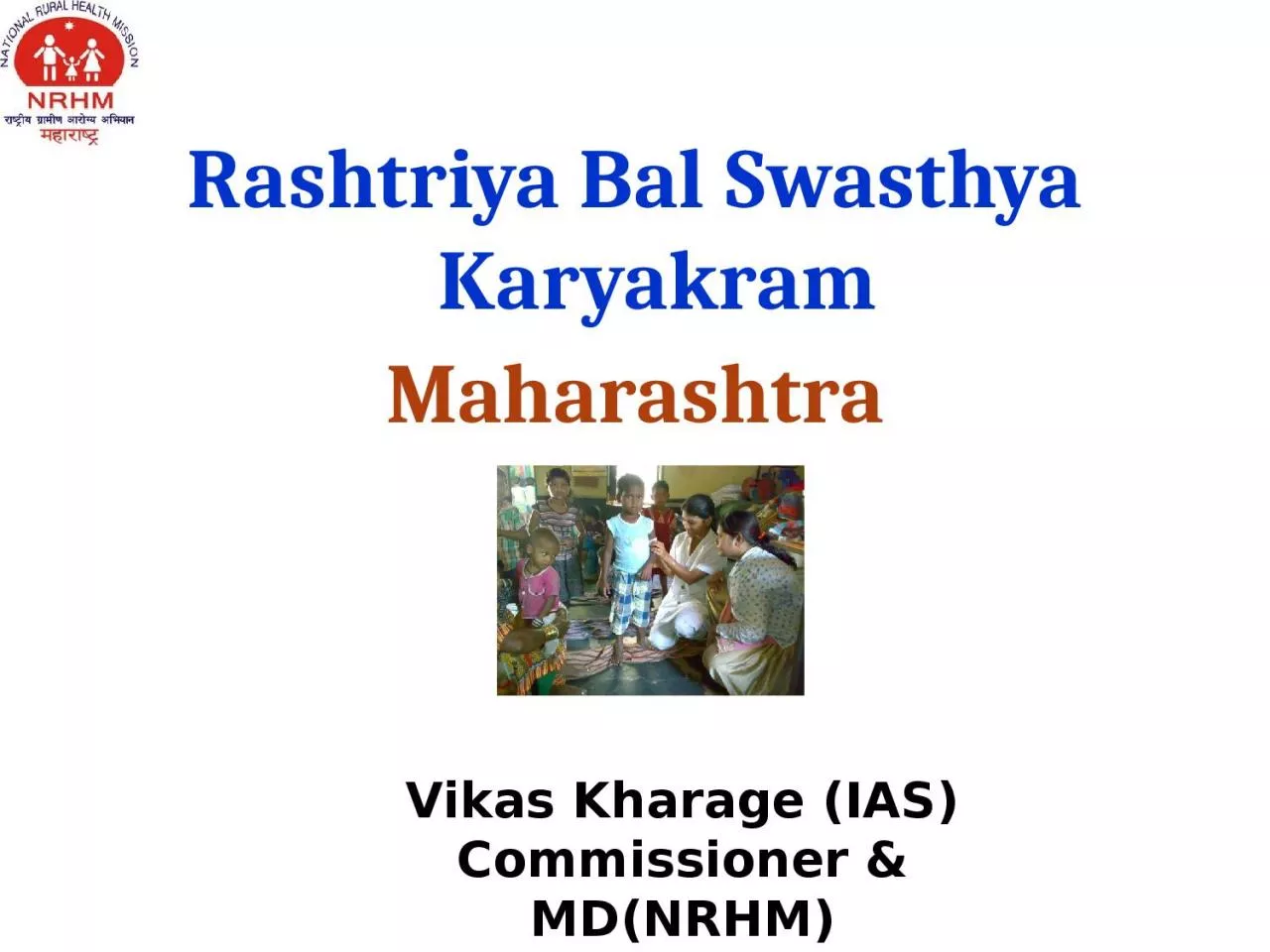PPT-Rashtriya Bal Swasthya
Author : riley | Published Date : 2024-01-29
Karyakram Maharashtra Vikas Kharage IAS Commissioner amp MDNRHM Maharashtra School Health School Health Check up Program started in Maharashtra in 2008 in coordination
Presentation Embed Code
Download Presentation
Download Presentation The PPT/PDF document "Rashtriya Bal Swasthya" is the property of its rightful owner. Permission is granted to download and print the materials on this website for personal, non-commercial use only, and to display it on your personal computer provided you do not modify the materials and that you retain all copyright notices contained in the materials. By downloading content from our website, you accept the terms of this agreement.
Rashtriya Bal Swasthya: Transcript
Download Rules Of Document
"Rashtriya Bal Swasthya"The content belongs to its owner. You may download and print it for personal use, without modification, and keep all copyright notices. By downloading, you agree to these terms.
Related Documents














